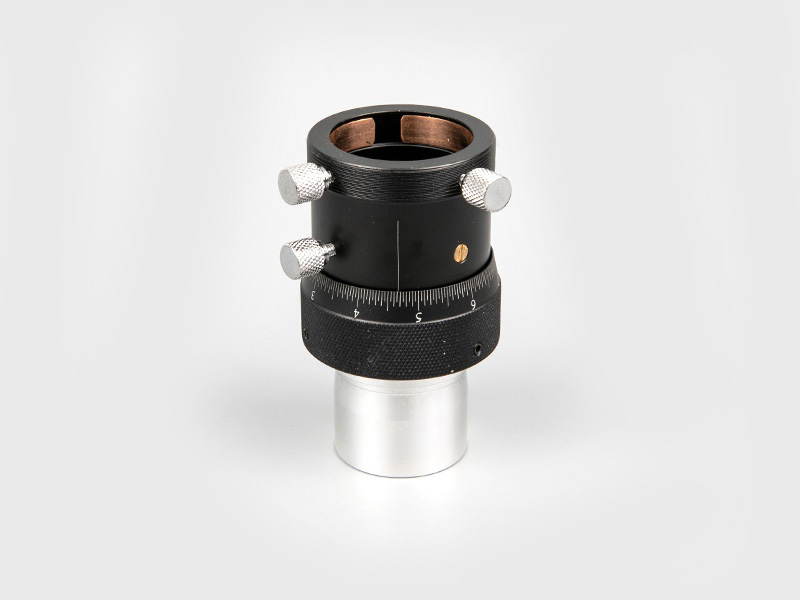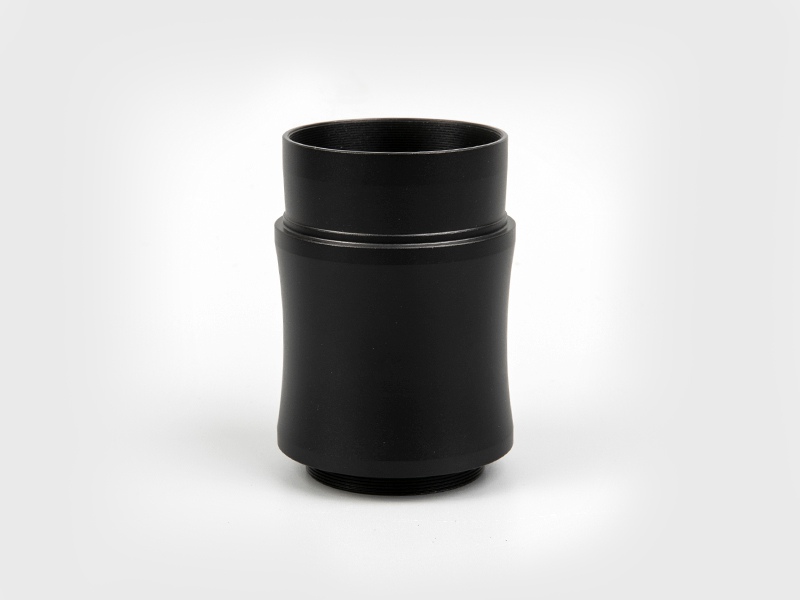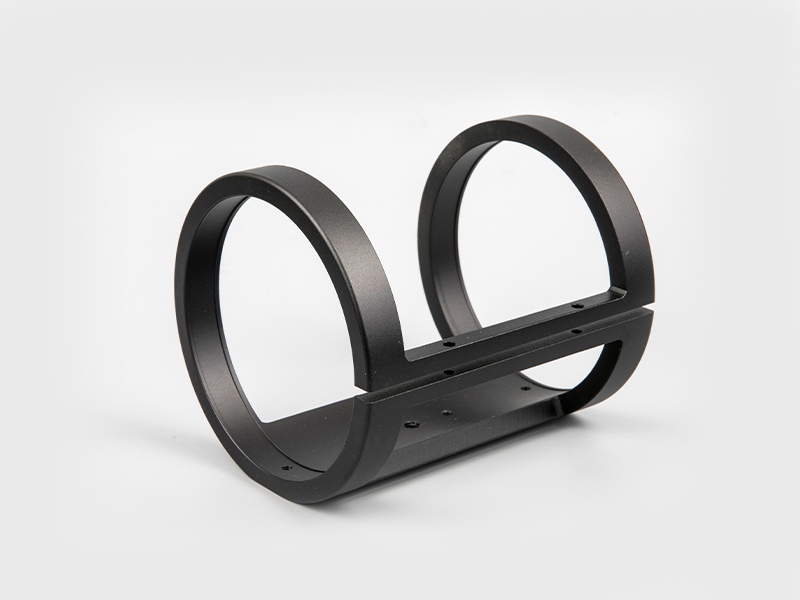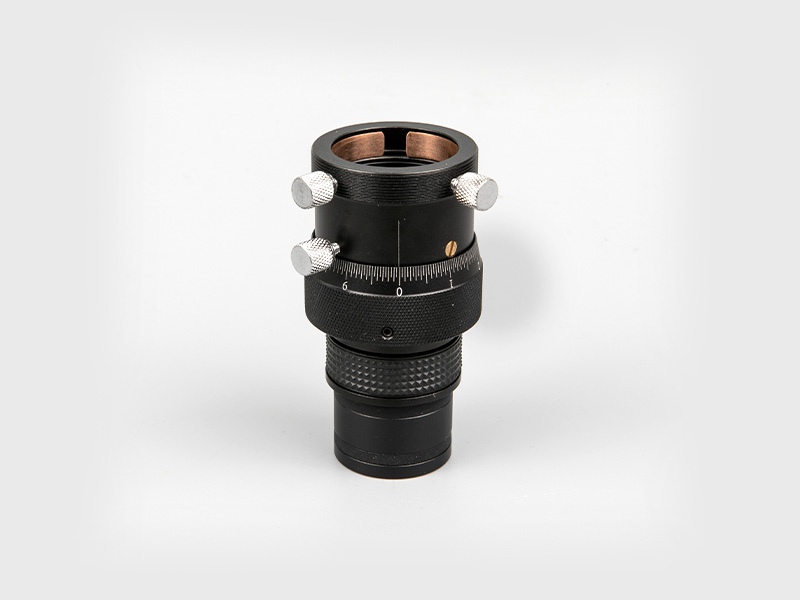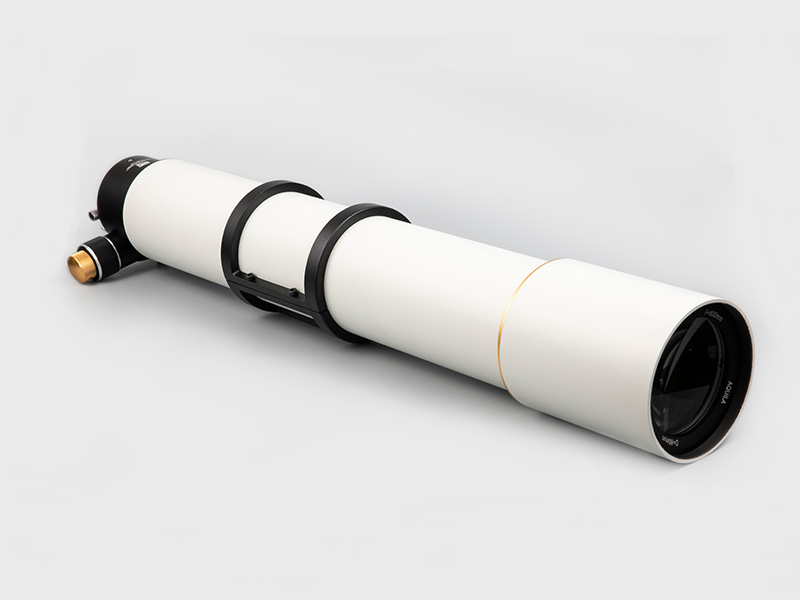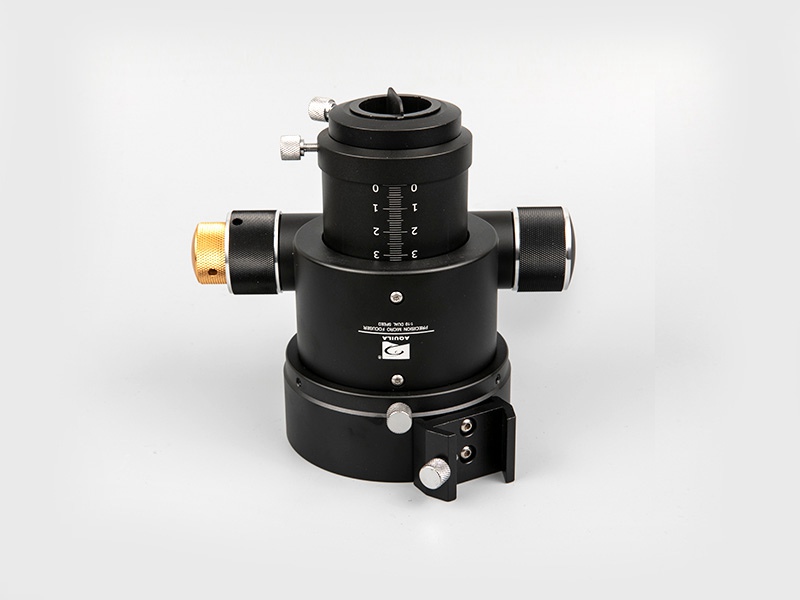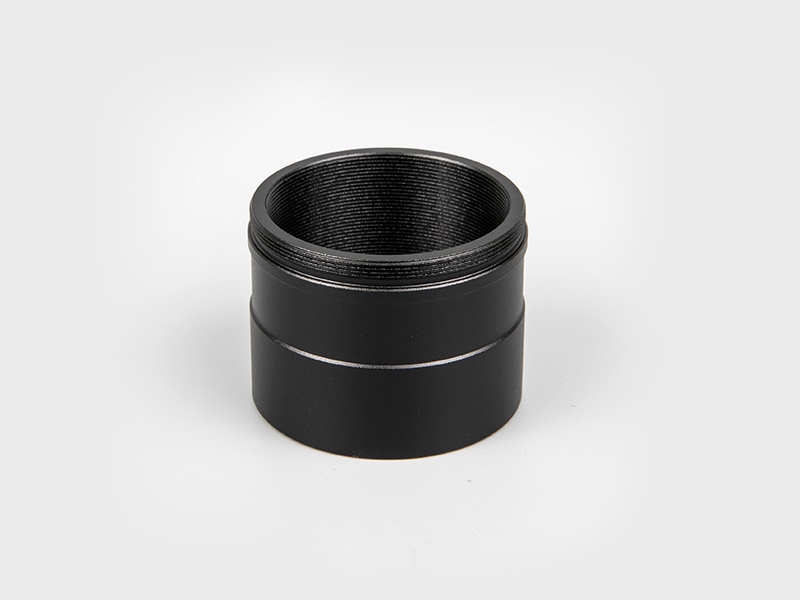If you divide the aperture of the objective lens (in mm) by the magnification factor, such as "35/7", "50/8", and "70/15", then you can get the distance in millimeters that is shot to the eye through the telescope The beam diameter. The larger this value is, the more information your eyes receive or the information about the object being observed. This value is called the exit pupil of the telescope. What use is it for us to choose a telescope?
Suppose you are going to buy a binoculars for bird watching, and you want to use it to watch birds at dawn or in the evening, when the birds often fall in the bushes and hide in the shadows. If you buy a 10x25 binoculars, then the exit pupil diameter is 25/10 = 2.5 (mm), and the diameter of the pupil of our eyes varies from 2mm to 7mm under different light and dark conditions. The darker the light, the larger the pupil diameter. If you plan to use binoculars to observe in a dark place, you should choose binoculars with the exit pupil of the telescope and the pupil diameter of your eyes in the dark place similar to that in order to make the most effective use of the information received by the telescope. So what about the "7X 50" binoculars? Its exit pupil is 50/7=7.14mm, which is almost the same as the diameter of the pupil in the darkest part of the human eye. The light it collects can be efficiently received by your eyes, so it is an ideal choice. However, because the pupil diameter of the human eye varies from person to person (for example, the pupil diameter of a person in his forties can only be expanded to 4~5mm), and most of the normal use of the telescope is during the day, so the exit pupil is generally chosen to be 3~7mm That's it.
What is coating? What is the use of coating?
If you observe carefully, you will find that the surface of the objective lens of the telescope presents different colors: red, blue, green, yellow, purple, etc. This is what is usually called coating (also called antireflection coating, which is a special chemical film layer). If it is not coated, 50% of the light will be diffusely reflected when passing through the objective lens and cannot reach your eyes, and will cause a foggy phenomenon! Coating can increase the light transmittance, increase the contrast and vividness of brightness and color, and greatly improve the observation effect. Therefore, the current regular telescope manufacturers apply optical coatings to the telescope lenses to varying degrees. Generally, the more coating layers and the smaller the reflection, the better the effect. The color of the coating depends on the optical material and design requirements of the lens. Under normal conditions of use, the blue film and the green film are both excellent.
When buying binoculars, you should choose a full-mirror multi-layer coating. Why? Please see the difference between the various coatings below:
Optical coating: This is the lowest-level coating, and the price is relatively cheap. It is generally a single-layer coating on the mirror surface, and it is generally coated with an objective lens.
Full coating: All lenses must be coated with a single layer. This will increase the light passing rate from 50% to 80%.
Multi-layer coating: At least one mirror is coated with more than one layer.
Full mirror multi-layer coating: This is the most advanced coating. It means that all mirrors are coated with multiple layers, which can increase the light transmission rate to 90-95%!

 English
English 日本語
日本語 Deutsche
Deutsche España
España
